Growing Morning Glories: Grow And Care For Morning Glory Flowers
Growing morning glories couldn’t be easier. In bloom they’re lovely, but be sure to learn about their spreading habits before you choose their new home.
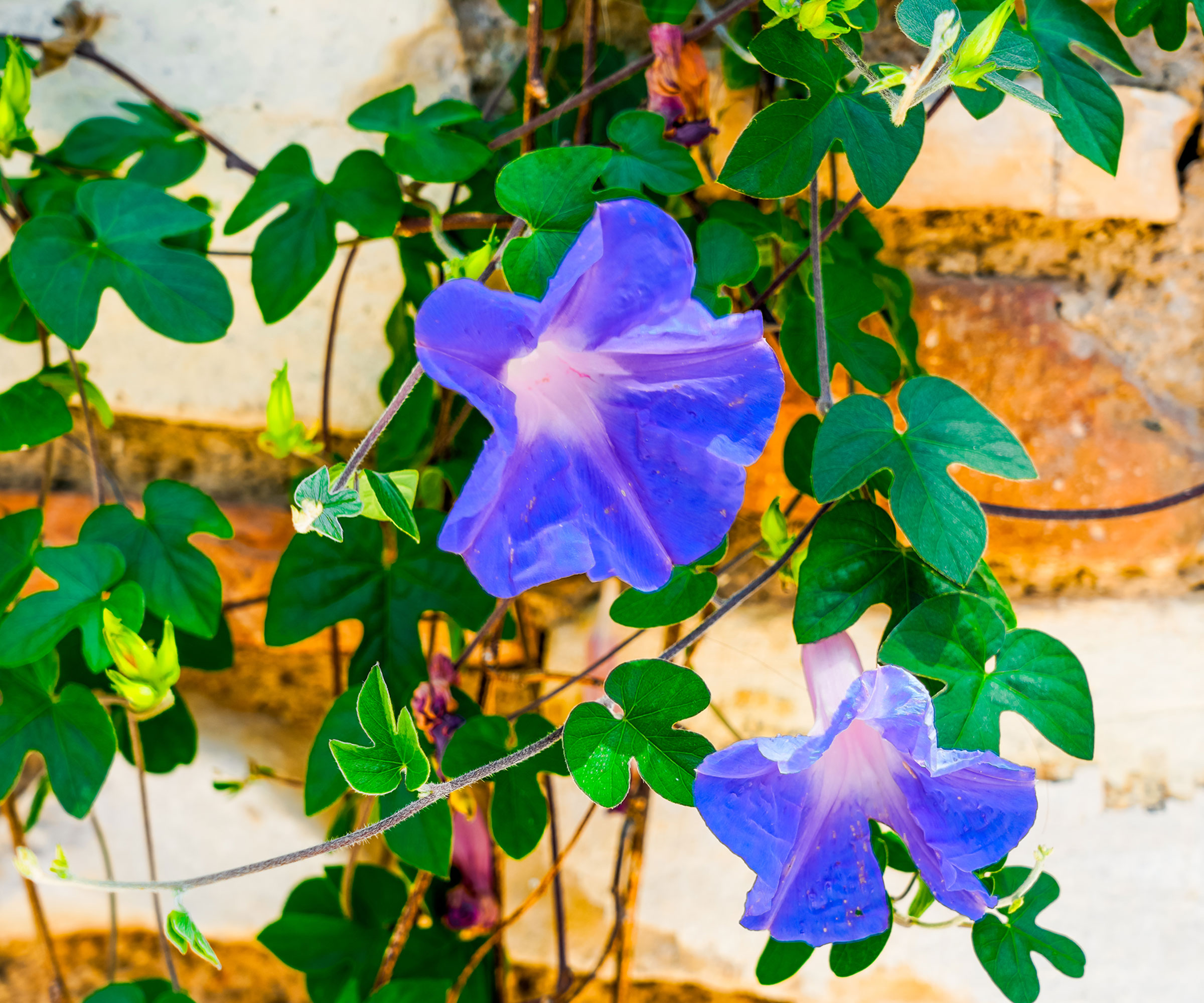
Expert Guide To Growing Morning Glories With Real Staying Power
If you’re growing morning glories for the first time you will delight in their beauty. Producing an abundance of vibrant flowers throughout the summer, these plants are loved for both their appeal and unmatched ability to attract pollinators.
We often suggest proceeding with caution when it comes to adding morning glories to ornamental beds. The plant has a propensity to spread, and in many cases, becomes invasive. Learning more about various species of common “morning glories” will help growers to better understand the plant’s growth and help you decide whether it’s a good choice for your garden space.
Quick Morning Glory Facts:
Botanical name – Ipomoea
Height – 6-10 ft. (1.8-3.0 m.)
Spread – 6-10 ft. (1.8-3.0 m.)
Sun exposure – Full Sun
Gardening tips, videos, info and more delivered right to your inbox!
Sign up for the Gardening Know How newsletter today and receive a free copy of our e-book "How to Grow Delicious Tomatoes".
Soil requirements – Neutral, Well-Draining
Hardiness zones – Annual
When to plant – Spring
Caring for Morning Glory
- Light To bloom, morning glory plants require full, bright sun, which is often easiest in ornamental beds. Though a full-sun location is best, the flowers will tolerate brief periods of shade throughout the afternoon. Growing morning glory indoors may be tempting, but it seldom results in the production of healthy plants. Inadequate indoor light is likely to cause plants to become leggy or produce growth that is stunted or weak.
- Temperature & Humidity Grown as a tender annual, morning glory plants thrive where conditions are warm. Those living in mild climates may also have success with the plant, but sometimes note slowed growth during periods of cooler weather. Morning glories are well adapted to humidity and can flourish across a wide range of conditions.
- Watering Morning glories will grow best where they can receive approximately 1 inch (2.5 cm.) of water each week. In many regions, rainfall will account for this quantity. Those grown in gardens that are especially dry or experience brief periods of drought may require supplemental irrigation. This is best done by watering from below, with the use of drip irrigation or soaker hoses.
- Fertilizer Routine feeding throughout the season can help to promote bloom. Growers suggest the use of a low-nitrogen fertilizer, such as a bloom booster, that has been specifically formulated for use with ornamental plants. Feeds containing high levels of nitrogen are not recommended, as they will encourage leafy growth, rather than the production of flowers.
- Soil & Compost Morning glories will grow well in most any soil type. Garden beds should drain well, allowing water to move freely. Though finished compost can be added to the soil at planting time, gardeners caution growing the plant in beds that are exceptionally fertile. Many find rich soils to aid in the production of foliage, rather than the formation of blooms.
- Problems, Pests & Diseases Morning glories are generally free of disease. Fungal issues, like rust and powdery mildew, have been reported. However, most can be avoided with proper garden sanitation and watering techniques. Common pests that affect morning glory include leaf miners and Japanese beetles. Though larger numbers of these species can cause considerable cosmetic damage, their presence rarely results in the loss of mature plants.
When and How to Plant Morning Glories
Morning glories are best grown from seed. If you’re hoping to get a jump-start on the season, begin sowing into indoor trays approximately 2-3 weeks before the last frost date in spring. Sowing directly into garden beds, after all chances of frost have passed, is most common. When provided with warmth and consistent moisture, you can expect germination to begin in as little as one week after planting.
How to Grow Morning Glories in a Pot
Though the plant is not suited to life indoors, growing morning glories in pots outside is a good choice for those with limited space. Dwarf varieties grow best, though most any type is suitable to container culture.
Selection of a pot and growing medium is key, as good drainage is essential. The plants will also require a secured, sturdy trellis or support system, allowing for potted specimens to climb naturally.
Support & Training for Morning Glories
Morning glory plants climb by twining up structures as they grow. With this in mind, select arbors or trellises that are most hospitable to the plant. These supports can be positioned above beds as soon as seedlings emerge from the soil.
Training them is seldom required, as most vines will naturally begin to climb the structure. When choosing a trellis, consider its overall height, strength, and ability to be secured carefully. This will help to ensure safety, stability, and lasting beauty throughout the season.
Morning Glory Deadheading & Pruning
Though morning glory plants are known to bloom continuously throughout summer, the beauty of individual flowers is fleeting. Faded blooms can be removed by deadheading to encourage the formation of new buds and to keep the plants looking tidy. Deadheading also contributes to the health of the garden by preventing the production of seeds and controlling the morning glory’s seasonal spread. Only seldom does the plant require pruning, however, the vines can be trimmed or cut back to control its size.
Propagating Morning Glories
Morning glories can be propagated in a variety of ways but learning how to grow them from seed is most efficient. The plant grows quite quickly; growing it from seed guarantees the highest rate of success when propagating heirloom and open-pollinated types. Other methods include multiplying the plant through cuttings, layering, or even rooting them in water. These techniques are most helpful when dealing with hybrid varieties, or those that may not grow true-to-type from seed.
Best Morning Glory Varieties to Try
Grandpa Ott Considered a classic heirloom variety, Grandpa Ott is a favorite due to its deep purple color and ability to climb. Easy to grow, this cultivar makes an ideal choice for beginner gardeners and for garden soil that has poor fertility.
Heavenly Blue Heavenly Blue morning glories are known for their immense floral display. This cultivar quickly envelops large supports and covers them in dazzling shades of true blue. Where conditions are ideal, their flowering can extend into fall until the first frost.
Mount Fuji Mix. This unique mixture offers growers a wide variety of colors and patterns. Attractive shades of pink, blue, and purple mixed with white and pastel tones create visually stunning garden trellises and arbors. Like other cultivars, the mix reseeds readily, providing volunteer plants for many seasons to come.
FREQUENTLY ASKED QUESTIONS
How Long Do Morning Glories Take to Grow?
Morning glories grow quickly. From planting, gardeners can expect seeds to germinate in approximately 1-2 weeks. The number of days to maturity, or flowering, varies depending upon type. However, most will begin to bloom by mid-summer. Though routine deadheading may be helpful in aiding the production of flowers, most plants will continue to bloom regardless of whether their faded flowers have been removed.
Do Morning Glories Grow Back Every Year?
Except in frost-free regions, morning glory plants are grown as an annual. This means that the plant will grow, flower, and set seed within a single season. Though annual morning glories will not return when they’re grown in regions outside of their hardiness range, the plant is known to reseed prolifically. Allowing plants to drop seed into the garden is likely to guarantee that new plants will return the following season. If left unchecked, this habit may cause the plant to become invasive.

Nikki Tilley has been gardening for nearly three decades. The former Senior Editor and Archivist of Gardening Know How, Nikki has also authored six gardening books.
-
 Looking For Plants To Give You The Soft And Fuzzies? Try These 5 Fuzzy Leaf Plant Options
Looking For Plants To Give You The Soft And Fuzzies? Try These 5 Fuzzy Leaf Plant OptionsLovers of texture, drama, silver foliage and tactile plants will adore these special sensory garden additions. These fuzzy leaf plant options will leave you all aglow
By Susan Albert
-
 Get Ready For A Summer Of Hummers! Grow These Full Sun Hummingbird Plants and Flowers
Get Ready For A Summer Of Hummers! Grow These Full Sun Hummingbird Plants and FlowersIf you’re lucky enough to enjoy a sunny backyard, make sure you are maxing out on your pollinator opportunities and grow these full sun hummingbird plants and flowers
By Tonya Barnett
-
 Growing Morning Glories From Seed: A Guide To Planting Morning Glory Seeds
Growing Morning Glories From Seed: A Guide To Planting Morning Glory SeedsBy Laura Miller
-
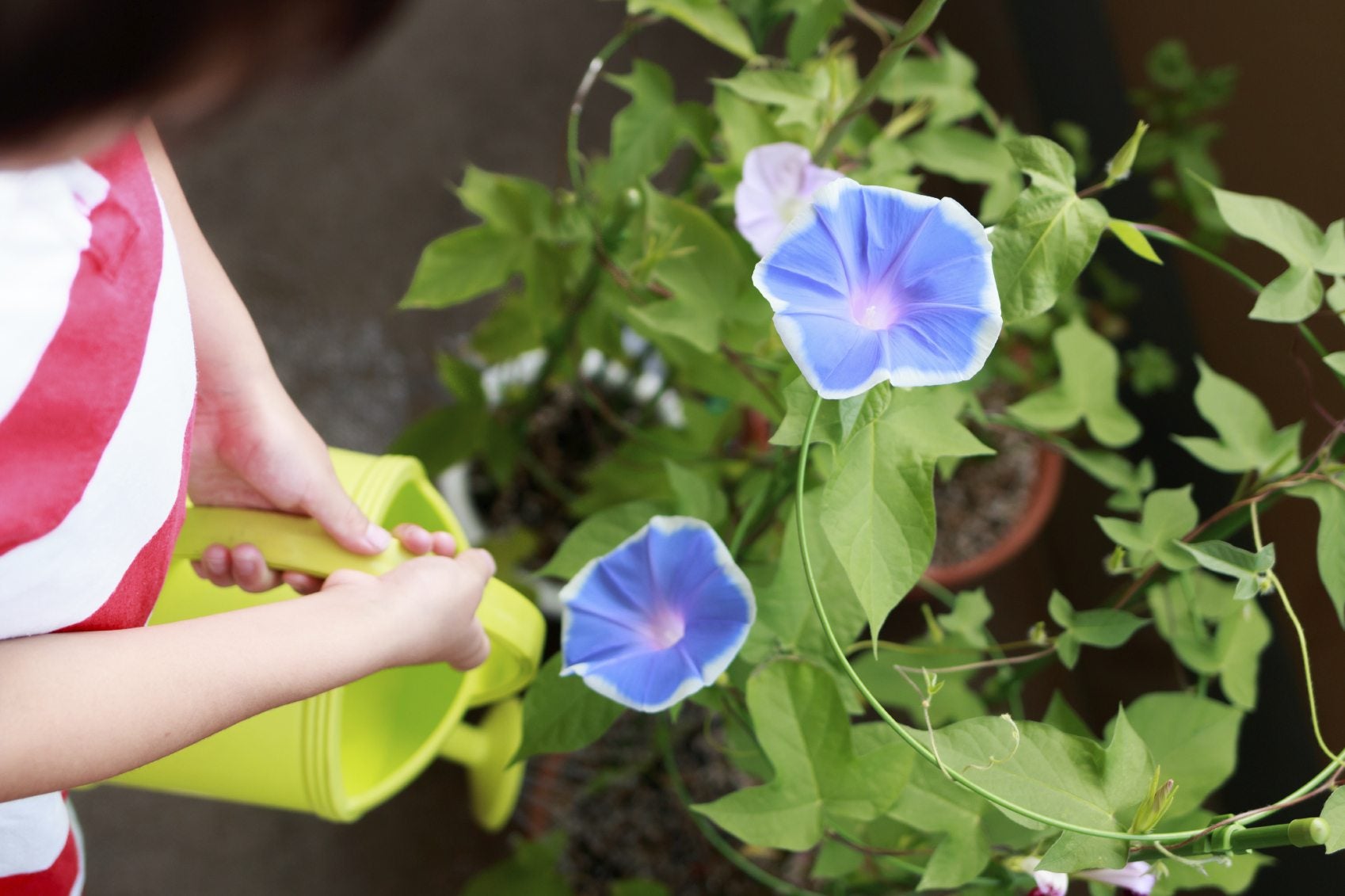 Watering Morning Glories: How Much Water Do Morning Glories Need
Watering Morning Glories: How Much Water Do Morning Glories NeedEasy care and fast growing, morning glories offer a sea of blossoms in pink, purple, red, blue and white. Like most other summer annuals, they need water to thrive. Click here for information about morning glory watering needs.
By Teo Spengler
-
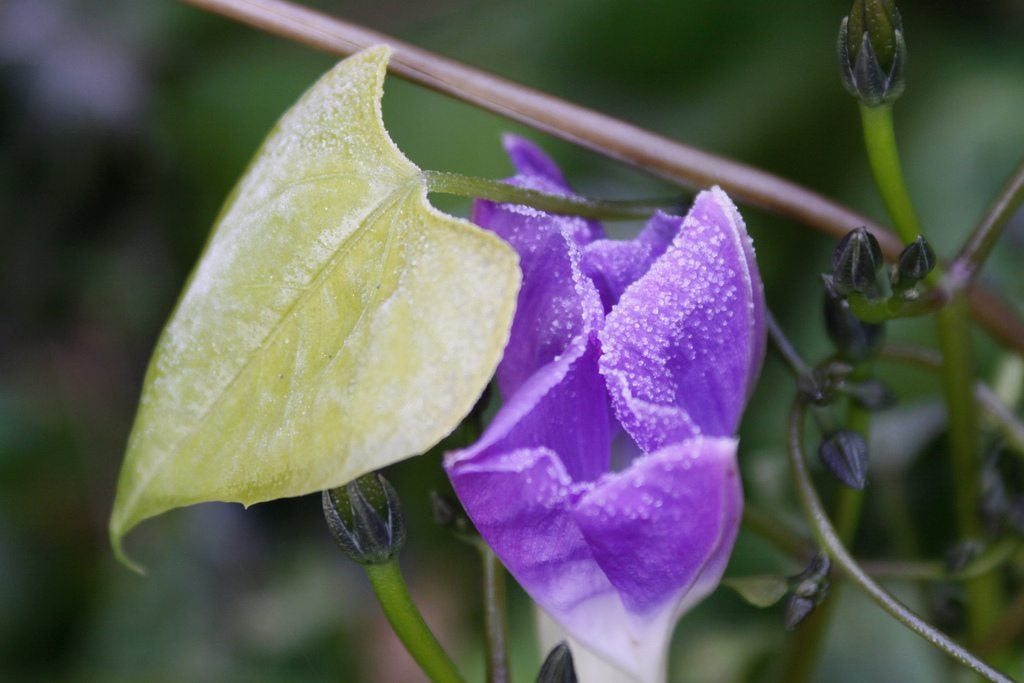 Yellow Morning Glory Foliage – Treating Yellow Leaves On Morning Glories
Yellow Morning Glory Foliage – Treating Yellow Leaves On Morning GloriesThere is a risk of yellowing leaves on morning glories, which can give the plants an unsightly look and damage their health. Click this article to learn about what to do when your morning glory leaves are yellow.
By Liz Baessler
-
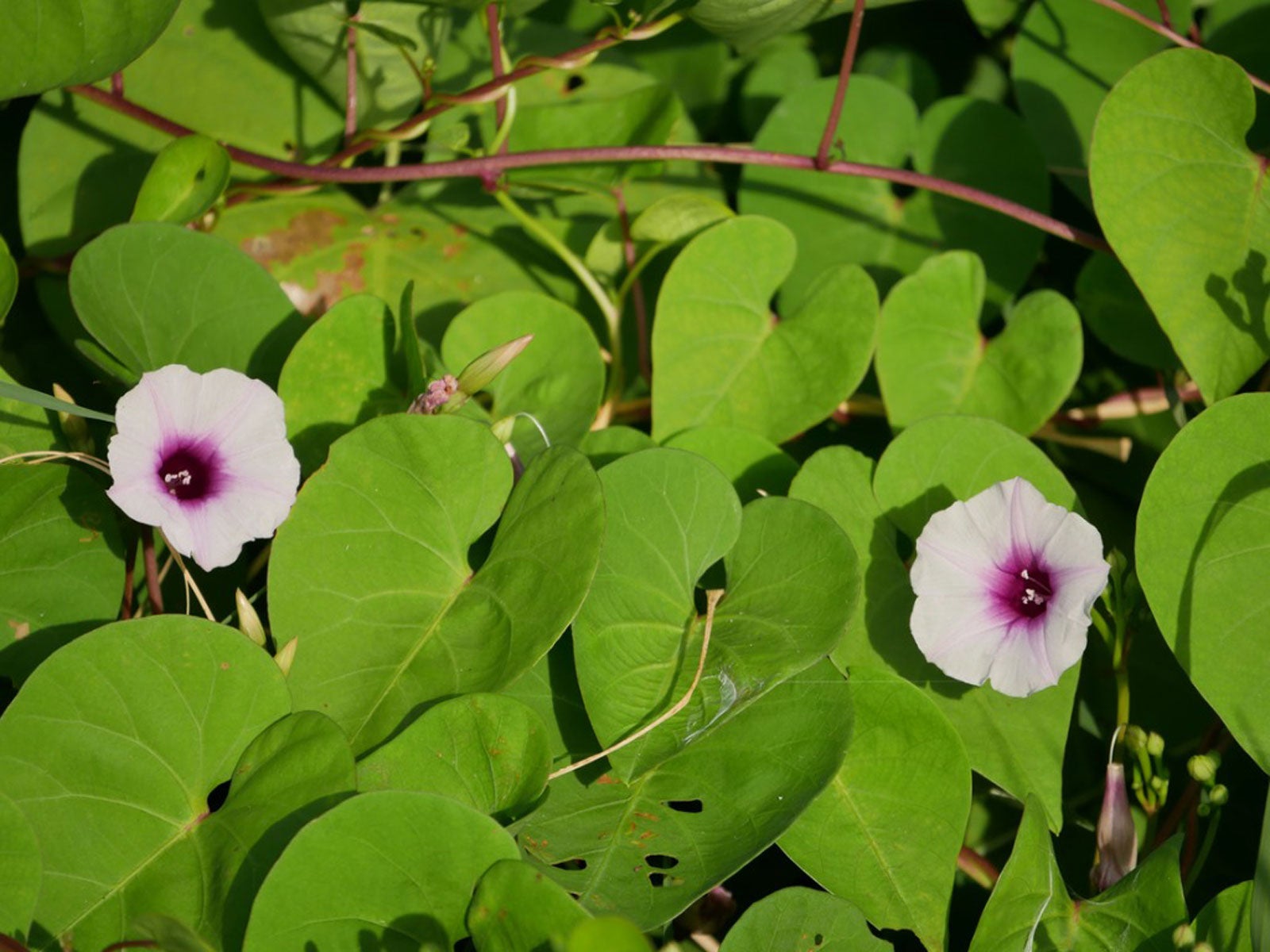 Why Morning Glory Is Not Blooming: Getting Morning Glories To Flower
Why Morning Glory Is Not Blooming: Getting Morning Glories To FlowerMorning glory is a prolific vining plant that produces masses of blooms. Non-flowering plants aren't the norm but is fixable. Click here for suggestions.
By Bonnie L. Grant
-
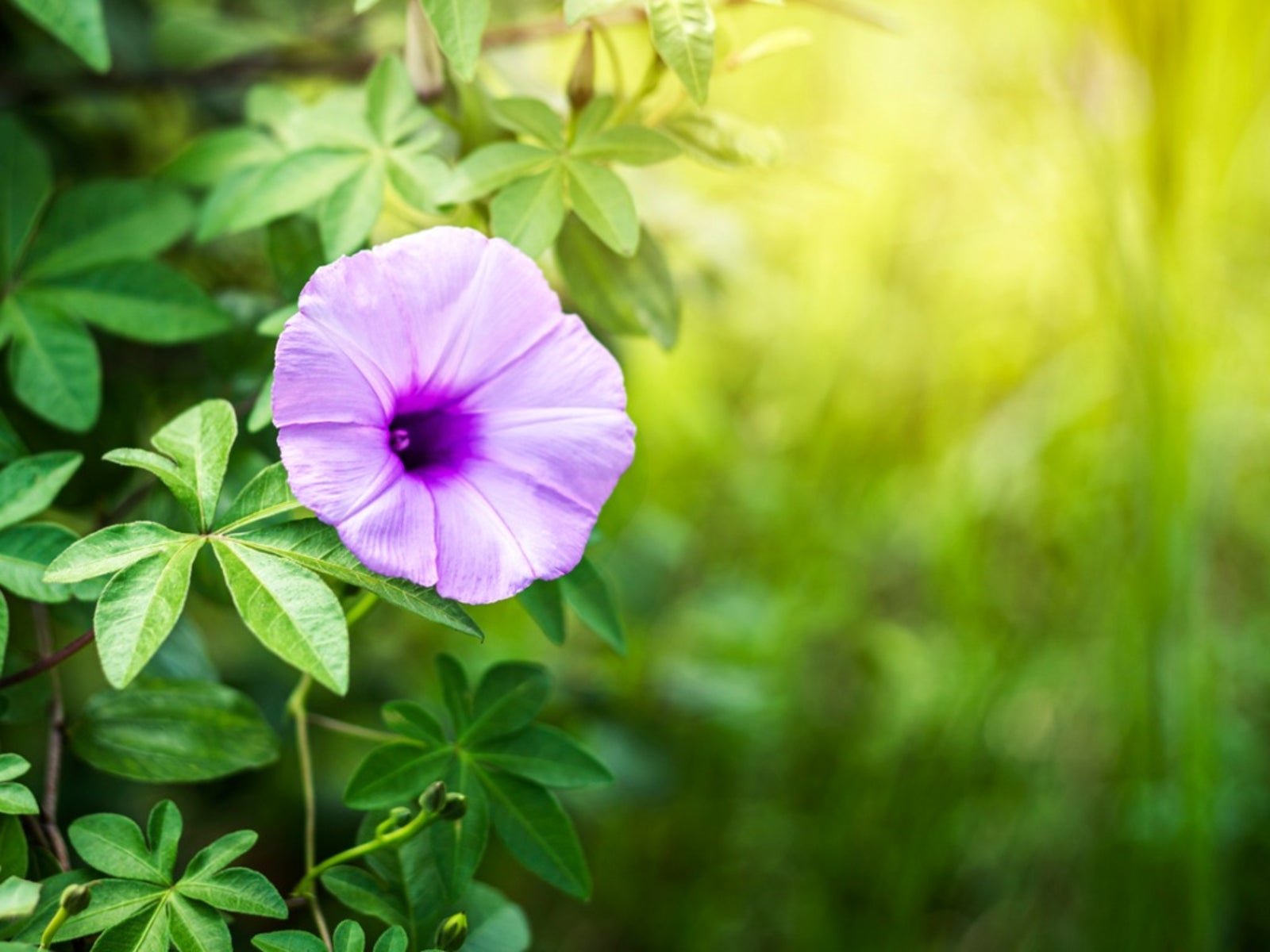 Morning Glory Pest Control: Dealing With Common Pests Of Morning Glory
Morning Glory Pest Control: Dealing With Common Pests Of Morning GloryMorning glories are hardy plants and are normally healthy, but sometimes insects on morning glory vines harm the health of the plant. Read this article to learn more about what pests you can expect.
By Susan Patterson
-
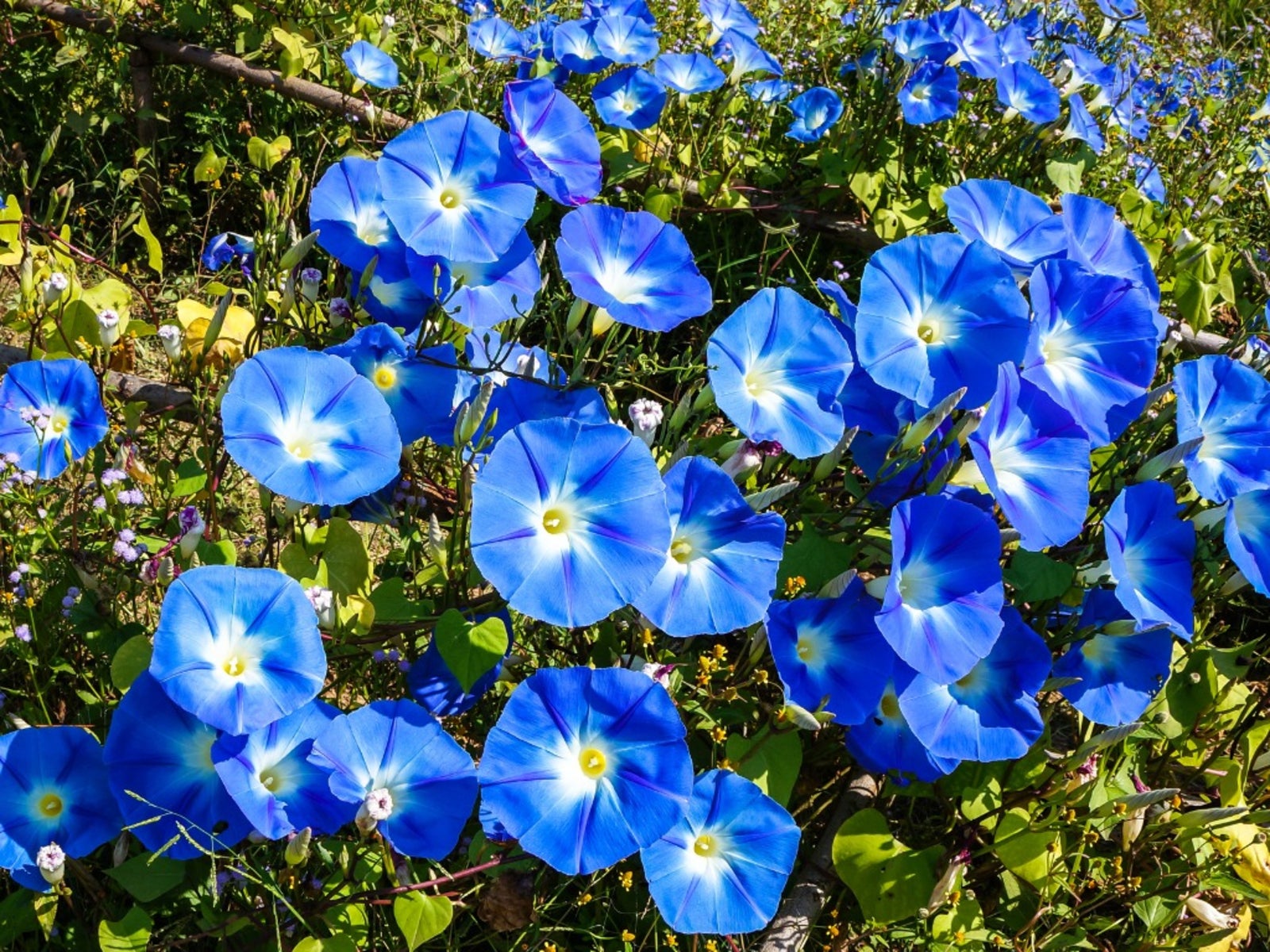 Problems With Morning Glories: Morning Glory Vine Diseases
Problems With Morning Glories: Morning Glory Vine DiseasesMorning glories are typically hardy vines; however, they can sometimes suffer problems. Read this article to find out what these may be and how to treat them promptly. Click here for more info.
By Susan Patterson
-
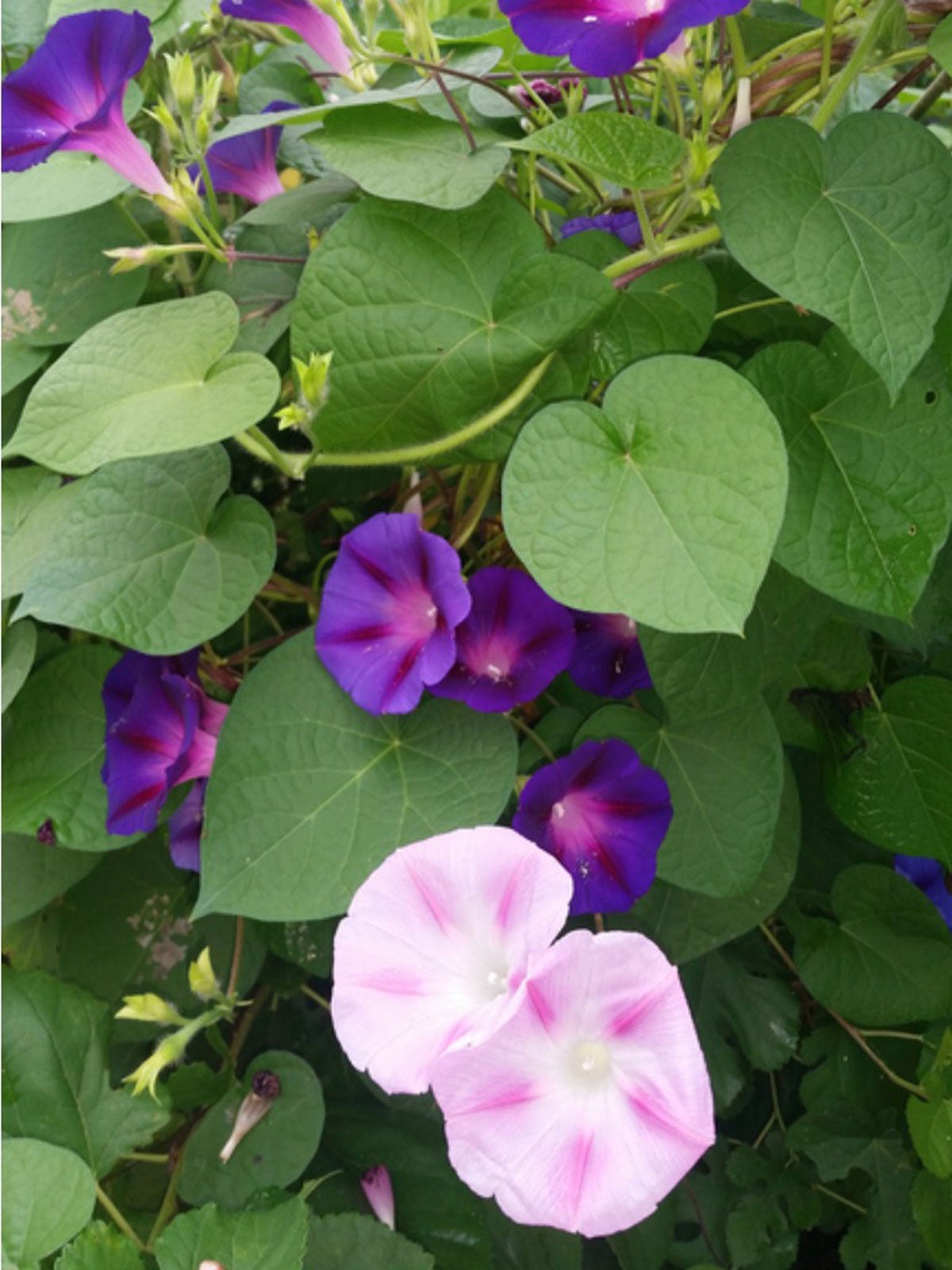 Morning Glory Trimming: When And How To Prune Morning Glory Plants
Morning Glory Trimming: When And How To Prune Morning Glory PlantsMorning glory vines can reach lengths of up to 15 feet (4.5 m.), twining themselves around anything. To keep these plants well managed, some morning glory trimming may be necessary. This article will help with that.
By Jackie Carroll
-
 Morning Glory Control: How To Kill Morning Glory Weeds
Morning Glory Control: How To Kill Morning Glory WeedsMorning glory weeds in the garden can take over garden areas. So you may want to know how to kill morning glory weeds. This article will help.
By Bonnie L. Grant
